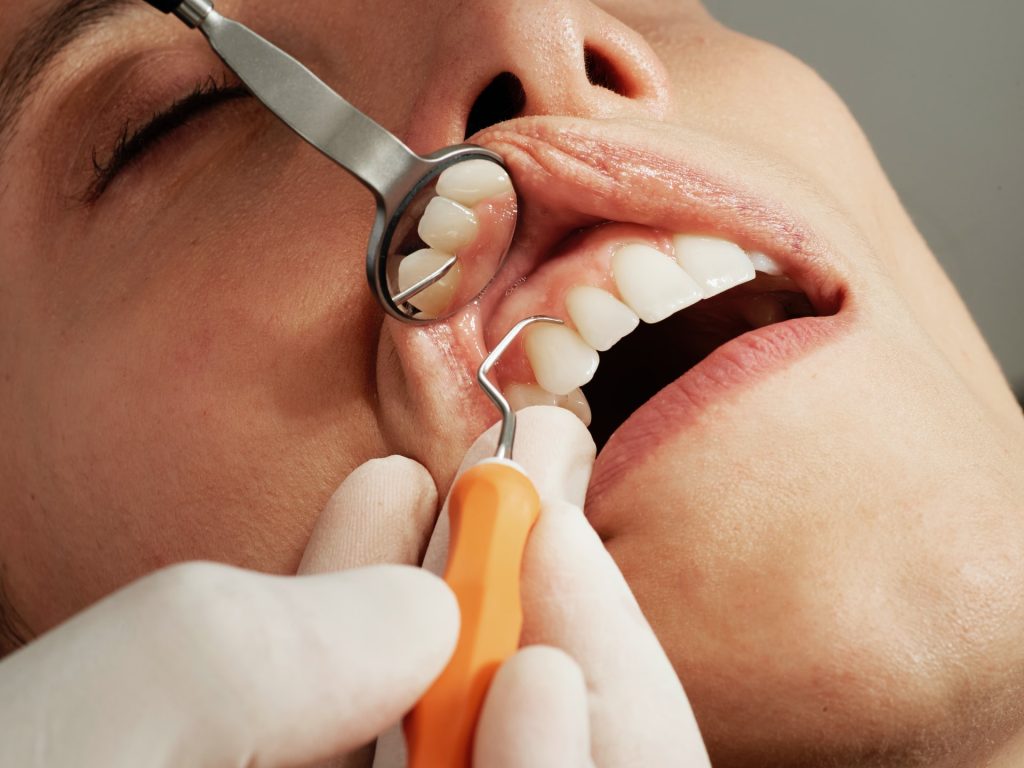Diabetes may Weaken Teeth, Promoting Tooth Decay

People with both Type 1 and Type 2 diabetes are prone to tooth decay, and a new study published in Archives of Oral Biology may explain why: reduced strength and durability of enamel and dentin, the hard substance under enamel that gives structure to teeth.
Researchers induced Type 1 diabetes in 35 mice and used a Vickers microhardness tester to compare their teeth with those of 35 healthy controls over 28 weeks. Although the two groups started with comparable teeth, enamel grew significantly softer in the diabetic mice after 12 weeks, and the gap continued to widen throughout the study. Significant differences in dentin microhardness arose by week 28.
“We’ve long seen elevated rates of cavity formation and tooth loss in patients with diabetes, and we’ve long known that treatments such as fillings do not last as long in such patients, but we did not know exactly why,” said Mohammad Ali Saghiri, an assistant professor of restorative dentistry at the Rutgers School of Dental Medicine.
The study advances a multiyear effort by Assistant Prof Saghiri and other researchers to understand how diabetes affects dental health and to develop treatments that counter its negative impact. Previous studies have established that people with both types of diabetes have significantly elevated rates of most oral health issues, both in the teeth and the soft tissues that surround them. Assistant Prof Saghiri and other researchers also have demonstrated that diabetes can interfere with the ongoing process of adding minerals to teeth as they wear away from normal usage.
“This is a particular focus of mine because the population of people with diabetes continues to grow rapidly,” Assistant Prof Saghiri said. “There is a great need for treatments that will allow patients to keep their teeth healthy, but it has not been a major area for research.”
Source: EurekAlert!


